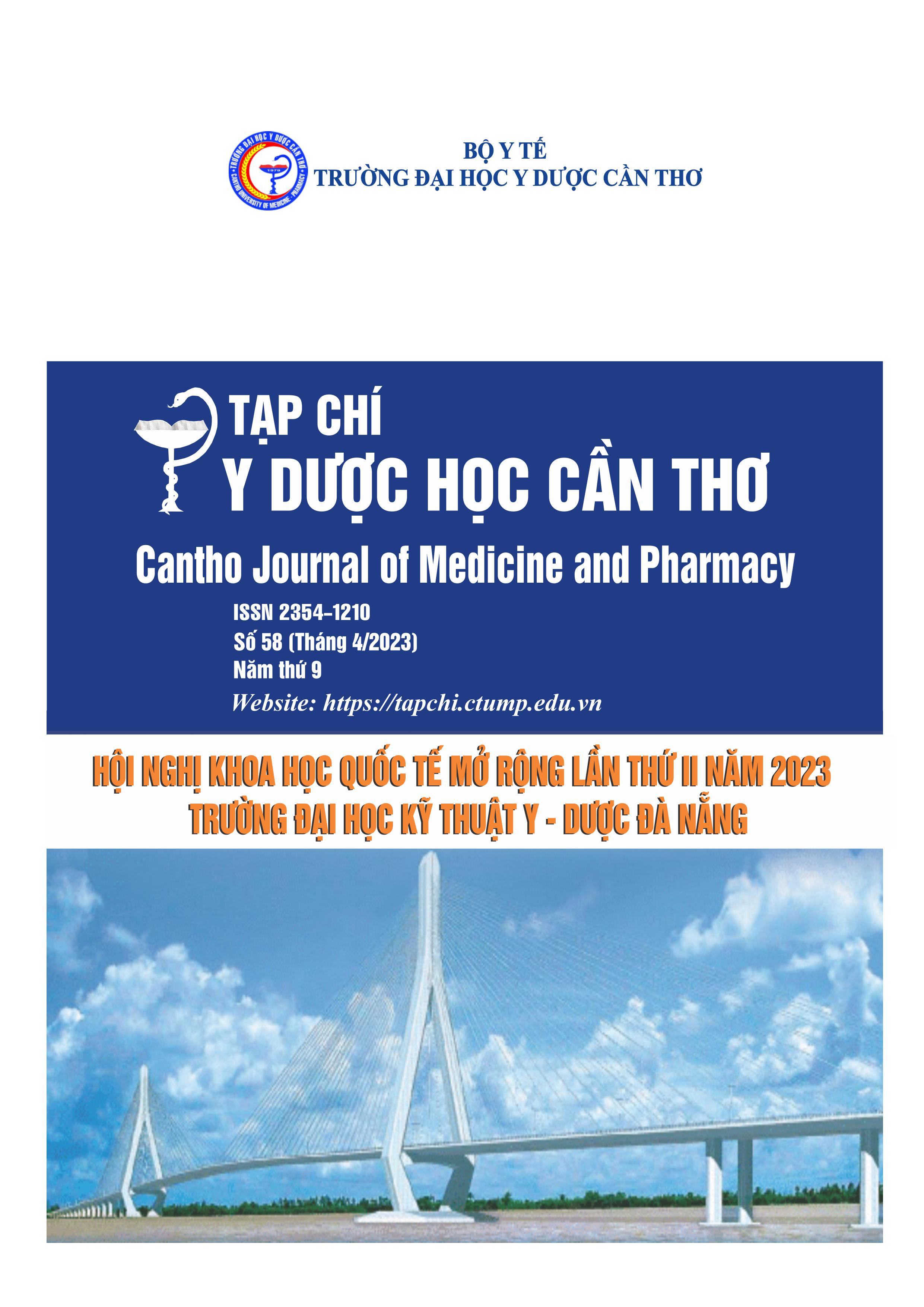THE SITUATION OF WASTE IN SOME JUNIOR HIGH SCHOOLS IN THANH KHE DISTRICT, DA NANG CITY IN 2022
Main Article Content
Abstract
Background: Waste is one of the causes of serious environmental pollution. In particular, waste from school is contributing a large part to the general amount of waste discharged into the environment every day. Objectives: To describe the current situation of waste at 02 junior high schools in Thanh Khe district, Da Nang city. Materials and methods: The study collected the data of waste in 5 days and analyzed according to the Waste Audit method developed by World Wide Fund for Nature - Vietnam (WWF-Vietnam). Results: On average 1 day, there was 23.4 kg of waste, accounting for 967.3 liters of storage volume and counting the 1910 units (excluding organic waste and paper). The amount of low-value plastic waste, mainly food packing, accounted for the highest proportion in terms of weight, volume and quantity in the amount of waste generated in a day (49%; 63% and 81%). Conclusion: The above results warn that the risk of serious plastic pollution has a large contribution from waste in school. From these results, the research team proposes the communication activities to the teachers – other officers and students about waste and health, waste management to improve knowledge, attitude and change behavior and toward zero waste in general and zero plastic waste in particular in schools and families.
Article Details
Keywords
Waste, waste in school, plastic waste, single-use plastic product
References
2. Trần Thu Hương (2019), Nghiên cứu khảo sát hiện trạng chất thải nhựa tại Việt Nam. WWFViệt Nam.
3. Tổ chức Quốc tế về Bảo tồn Thiên nhiên – WWF (2019), Giáo dục về rác thải nhựa, WWF-Việt Nam.
4. H.I. Abdel-Shafy, M.S.M. Mansour (2018), Solid waste issue: Sources, composition, disposal, recycling, and valorization. Egyptian Journal of Petroleum, tr. 1275-1290.
5. Minnesota Pollution Control Agency – MPCA (2019), Digging Deep Through School Trash: A Waste Composition Analysis of Trash, Recycling and Organic Material Discarded at Public Schools in Minnesota. Minnesota, U.S.
6. Simul Bhuyan (2022), Effects of Microplastics on Fish and in Human Health. Front Environ Sci, 827289.
7. Spyros Foteinis (2020), How small daily choices play a huge role in climate change: The disposable paper cup environmental bane. Journal of Cleaner Production,Volume 255, pp.120294.
8. Silpa Kaza, Lisa Yao, Perinaz Bhada-Tata, Frank Van Woerden (2018), What a Waste 2.0 : A Global Snapshot of Solid Waste Management to 2050. THE WORLD BANK.
9. XiaoZhi Lim (2021), Microplastics are everywhere — but are they harmful? Nature Journal.
10. Zhihao Yuan (2022), Human health concerns regarding microplastics in the aquatic environment - From marine to food systems. Science of The Total Environment: Volume 823, pp. 153730.


